- No products in the cart.
Kardiask tab n / 100mg kish.rastv.plenochnoy about 30 pc
Etamsylate Injection 125mg / 2ml amp ml 10 units
$2.49
Heparin solution and / I / / n / k 5000me / ml 5ml vial 5 pcs
$15.99
$1.07
Kardiask tab n / 100mg kish.rastv.plenochnoy about 30 pc
SKU: 584768221 Categories: Blood, Blood thinning, Medicaments Tags: acetylsalicylic acid, KANONFARMA
Description
Composition
Active substance:
1 tablet contains: acetylsalicylic acid 50 mg or 100 mg.
Excipients:
Stearic acid, corn starch, lactose monohydrate, povidone K-90, microcrystalline cellulose;
auxiliary substances for film enteric coating: Macrogol polyvinyl alcohol copolymer (kollikut IR), methacrylic acid-ethyl acrylate copolymer (1: 1) (kollikut MAE 100 P), copovidone (plasdon CBS-630), triethyl citrate, talc, titanium dioxide.
Description:
Antiplatelet agent.
Product form:
The tablets, enteric film-coated tablets, 50 mg and 100 mg.
At 10 or 30 tablets in blisters of PVC film and aluminum foil printed patent.
1, 2 and 3 the contour of cellular packages 10 tablets 30 tablets or together with instructions for use placed in a pile of cardboard.
Contraindications
Hypersensitivity to ASA, auxiliary substances in the composition of the drug and other nonsteroidal anti-inflammatory drugs (NSAIDs).
Asthma induced by intake of salicylates and other NSAIDs; complete or partial combination of asthma, recurrent nasal polyposis, and paranasal sinuses, intolerance to ASA and other NSAIDs.
Erozivnoyazvennye lesions of the gastrointestinal tract (in the acute stage).
Gastrointestinal bleeding.
Hemorrhagic diathesis.
The combined use with methotrexate 15mg a week or more.
Pregnancy (I and III trimester) and lactation.
Children up to age 18 years.
Severe renal failure (creatinine clearance (CC) of less than 30 ml / min.).
Severe hepatic failure (class B ChayldPyu and higher classifications).
Chronic heart failure (IIIIV functional class NYHA classification).
Lactase deficiency, lactose intolerance, malabsorption glyukozogalaktoznaya.
Carefully
Gout, hyperuricemia, since ASA in low doses, reduces the excretion of uric acid; it should be borne in mind that low-dose ASA may trigger the development of gout in predisposed patients (having a reduced excretion of uric acid).
In gastric ulcer and 12perstnoy ulcer or gastrointestinal bleeding (in history).
If abnormal liver function (below class B ChayldPyu classification).
If the kidney function (creatinine clearance of more than 30 ml / min.).
In bronchial asthma, chronic respiratory diseases, hay fever, nasal polyposis, drug allergy, including the group of NSAIDs (analgesics, anti-inflammatories, antirheumatics).
When simultaneous administration of methotrexate at a dose less than 15 mg / week, concomitant anticoagulant therapy.
In the II trimester of pregnancy.
When the intended surgical procedure (including minor, e.g., tooth extraction) as ACK can cause bleeding propensity to develop within a few days after ingestion.
When applied simultaneously with the following drugs (., See “Interaction with other drugs”) with methotrexate for at least 15 mg per week; with anticoagulant, thrombolytic and antiplatelet agents; with digoxin; with hypoglycemic agents for oral use (sulfonylurea derivatives); valproic acid; with alcohol (alcohol in particular); with uricosuric drugs; ACE inhibitors; diuretics; with glucocorticosteroids (GCS).
Dosage
100 mg
Indications
Primordial prevention of acute myocardial infarction in the presence of risk factors (e.g., diabetes, hyperlipidemia, hypertension, obesity, smoking, old age), and recurrent myocardial infarction.
-Nestabilnaya angina (including suspicion of acute myocardial infarction) and stable angina.
-Profilaktika ischemic stroke (including patients with transient ischemic attack).
-Profilaktika thromboembolism following surgery and invasive interventions on vessels (e.g., coronary artery bypass grafting, carotid endarterectomy, arteriovenous bypass grafting, angioplasty and stenting of the coronary arteries, carotid angioplasty).
-Profilaktika deep vein thrombosis and pulmonary embolism and its branches (including in long-term immobilization due to extensive surgery).
Interaction with other drugs
KardiASK® while the application enhances the effect of the following medicines:
-metotreksata by reducing renal clearance and displace it from connection with plasma proteins, also combination with methotrexate ACK accompanied by increased incidence of side effects of hematopoiesis;
-geparina and anticoagulants due to abnormalities of platelet function and displacement of anticoagulants due to plasma protein;
-tromboliticheskih and antiplatelet agents (ticlopidine);
-digoksina due reduce its renal excretion;
-gipoglikemicheskih means (insulin and sulfonylurea derivatives) due to the hypoglycemic properties of the ASA in high doses and displacement of sulfonylurea derivatives connection with plasma proteins;
-valproevoy acid by displacement from its connection with blood plasma proteins.
The combination of ASA with an anticoagulant, thrombolytic and antiplatelet agents associated with an increased risk of bleeding.
In simultaneous reception ACK alcohol additive effect is observed and increases the risk of damaging the mucosa of the gastrointestinal tract and prolongation of bleeding time.
ASA reduces the effect of uricosuric drugs – benzbromaron (reduction urikozuricheskogo effect due to competitive suppressing renal tubular excretion of uric acid), angiotensin converting enzyme inhibitors (marked dose-dependent decrease in glomerular filtration rate by inhibiting prostaglandins possessing vasodilating action, accordingly attenuation of the hypotensive action), diuretics (co application with high-dose ASA is decreasing speed kluboch kovoy filtration by reducing the synthesis of prostaglandins in the kidneys).
Leveraging the elimination of salicylates, systemic glucocorticosteroids (GCS) weaken their effect.
Overdose
Salicylate intoxication (develops when receiving ACK in a dose of 100 mg / kg / day for more than 2 days) may result from prolonged use of toxic doses of the drug under improper therapeutic application of a drug (chronic toxicity) or a single accidental or intentional receiving a toxic dose adult or child (acute intoxication). Symptoms of chronic intoxication with salicylic acid derivatives are non-specific and are often diagnosed with difficulty. Mild intoxication usually develop only after repeated use of high doses of the drug and is manifested by dizziness, tinnitus, hearing loss, increased sweating, nausea and vomiting, headache and confusion. Said symptoms disappeared after decreasing the dose. Tinnitus may occur at a concentration of ASA in the blood plasma of 150 to 300 micrograms / ml. More severe symptoms at a concentration of ASA in the blood plasma levels above 300 micrograms / ml.
The main manifestation of acute intoxication is severe disturbance of acid-base status, symptoms which can vary depending on the age of the patient and the severity of the degree of intoxication. In children, the most common is the development of metabolic acidosis. intoxication treatment is conducted in accordance with accepted standards, depending on the degree of intoxication and the severity of the clinical picture and should be directed mainly to accelerate excretion of the drug and the recovery of water-electrolyte balance and acid-base status.
Overdose is especially dangerous in elderly patients.
Overdose symptoms of mild to medium severity:
Dizziness, tinnitus, hearing loss, increased sweating, nausea, vomiting, headache, confusion, profuse sweating, tachypnea, hyperventilation, respiratory alkalosis.
Treatment: gastric lavage, repeated administration of activated charcoal, forced alkaline diuresis, restoring the balance of water and electrolyte and acid-base status.
Overdose symptoms from mild to severe:
-respiratorny alkalosis with compensatory metabolic acidosis;
-giperpireksiya (extremely high body temperature);
respiratory -Violation: hyperventilation, non-cardiogenic pulmonary edema, respiratory depression, apnea;
-Violation with the cardiovascular system: disturbances of heart rhythm, decreased blood pressure, depression of cardiac activity;
-Violation water and electrolyte balance: dehydration (dehydration), impaired kidney function by oliguria until the development of renal failure characterized by hypokalemia, hypernatremia, hyponatremia;
-Violation glucose metabolism: hyperglycemia, hypoglycemia (especially in children), ketoacidosis;
noise in the ears, deafness;
-zheludochno-intestinal bleeding;
-gematologicheskie disorders: inhibition of platelet aggregation to coagulopathy, prolonged prothrombin time, hypoprothrombinemia;
-nevrologicheskie disorders: toxic encephalopathy and depression of the central nervous system (drowsiness, confusion, coma, convulsions).
Treatment: immediate hospitalization in a specialized department for Emergency therapy – gastric lavage, repeated administration of activated charcoal, forced alkaline diuresis, hemodialysis, restoring fluid and electrolyte balance and acid-base status, symptomatic therapy.
pharmachologic effect
Pharmacodynamics:
The basis antiplatelet action mechanism of acetylsalicylic acid (ASA) is irreversible inhibition of cyclooxygenase (COX-1), resulting in blocked synthesis of thromboxane A2 and platelet aggregation is suppressed. Antiplatelet effect develops even after the application of low doses of drug and continued for seven days after a single dose. It is believed that ASA has other mechanisms of platelet aggregation suppressant that expands the scope of its application in various vascular diseases. At high doses of ASA also has anti-inflammatory, antipyretic and analgesic action.
Blockade of COX-1 (TSOG1) in the gastric mucosa leads to inhibition of gastroprotective Pg, which may lead to ulceration of the mucosa and subsequent bleeding. The presence of the enteric coating provides a minimal irritant action on the mucous membrane of the gastrointestinal tract (GIT). At high doses of ASA promotes uric acid excretion (violating its reabsorption in the renal tubules).
Pharmacokinetics:
After oral administration ASA is rapidly and completely absorbed from the gastrointestinal tract (GIT). ASA is partially metabolized in the absorption time. During and after absorption ASA converted to the major metabolite – salicylic acid, which is metabolized primarily in the liver by the enzymes to form metabolites such as phenyl salicylate, salicylic acid and salicylic acid glucuronide detected in many tissues and urine. In women, the process of metabolism is slower (lower activity in serum enzymes). The maximum concentration of ASA in the blood plasma is achieved in 10-20 minutes after ingestion, salicylic acid – after 0.3-2 hours.
Because acid-coated tablet shell ASA is released not in the stomach (sheath effectively blocks the dissolution of the drug in the stomach) and in an alkaline environment of the duodenum. Thus, the absorption of ASA in the form of tablets, enteric-coated delayed for 3-6 hours as compared with conventional (without a shell) tablets.
Salicylic acid ASA and bind to plasma proteins (from 66% to 98% depending on the dose) and rapidly distributed in the organism. Salicylic acid penetrates through the placenta and into breast milk.
Excretion of salicylic acid is dose-dependent, since its metabolism may limit enzyme system. half-life is 2-3 hours when applied at low doses of ASA and 15 hours when using the drug in high dose (usual dose of ASA as an analgesic). Unlike other salicylates, when multiple dose preparation negidrolizirovannaya ACK does not accumulate in the serum. Salicylic acid and its metabolites are excreted by the kidneys. In patients with normal renal function 80-100% of a single dose of the drug is excreted by the kidneys within 24-72 hours.
Pregnancy and breast-feeding
The use of high doses of salicylates in the first 3 months of pregnancy is associated with an increased rate of fetal defects (cleft palate, heart defects). Appointment of salicylates in the I trimester of pregnancy is contraindicated. During II trimester salicylates can only be assigned with the rigorous assessment of risk to the fetus and the mother for use, preferably in doses not exceeding 150 mg / day, and short-lived.
In the last trimester of pregnancy salicylates in high doses (more than 300 mg / day) caused a weakening of labor, premature closure of the ductus arteriosus in the fetus, increased bleeding in the mother and the fetus, and the appointment just before birth may cause intracranial hemorrhage, especially in preterm infants. Appointment of salicylates in the last trimester of pregnancy is contraindicated.
Salicylates and their metabolites in small amounts into breast milk. Accidental intake of salicylates during lactation is not accompanied by the development of adverse reactions in children and does not require stopping breastfeeding. However, long-term use of the drug or the appointment of his high-dose breast-feeding should be discontinued immediately.
Conditions of supply of pharmacies
Without recipe.
side effects
From the digestive system: most frequently reported nausea, heartburn, vomiting, abdominal pain; rarely – ulceration of the mucous membrane of the stomach and duodenum; very rarely – a perforated ulcer of the mucous membrane of the stomach and duodenal ulcers, gastrointestinal bleeding, transient liver function abnormalities with increased activity of “liver” transaminases.
From hemopoiesis system: the appointment of ASA associated with an increased risk of bleeding due to the inhibitory effect of ASA on platelet aggregation, rarely – anemia. Hemorrhagic syndrome (epistaxis, bleeding gums), the increase in clotting time. Registered increased incidence of postoperative bleeding, hematomas (bruises), nasal bleeding, gingival bleeding, urinary tract bleeding. There are reports of serious cases of bleeding, which include gastrointestinal bleeding and bleeding in the brain (especially in patients with hypertension who have not reached the target blood pressure numbers and / or receiving concomitant therapy with anticoagulant drugs), which in some cases may be of life-threatening character. Bleeding can lead to acute or chronic posthemorrhagic / iron deficiency anemia (e.g., flush due to bleeding) with relevant clinical and laboratory signs and symptoms (fatigue, pallor, hypoperfusion).
Allergic reactions: skin rash, pruritus, urticaria, angioedema, rhinitis, swelling of the nasal mucosa, cardiorespiratory distress syndrome, and severe reactions, including anaphylactic shock.
Central nervous system: dizziness, hearing loss, headache, ringing in the ears.
The respiratory system: bronchospasm, asthma attacks or other hypersensitivity reactions.
special instructions
Risk factors include the presence of a history of asthma, hay fever, nasal polyposis, chronic diseases of the respiratory system as well as of allergic reactions to other drugs (e.g., skin reactions, pruritus, urticaria).
The inhibitory effect of ASA on platelet aggregation persists for several days after administration, and therefore, may increase the risk of bleeding during surgery or postoperatively. If necessary, the absolute exclusion of bleeding during surgery should be possible to completely abandon the use of ASA in the preoperative period.
ASA in low doses can trigger the development of gout in predisposed patients (having a reduced excretion of uric acid).
High doses of ASA have a hypoglycemic effect, it must be borne in mind when assigning it to patients with diabetes receiving hypoglycemic drugs.
If concomitant use of corticosteroids and salicylates should be remembered that during treatment with salicylates concentration in the blood is reduced, and after discontinuation of corticosteroids possible overdose of salicylates.
Exceeding the dose ASA carries a risk of gastrointestinal bleeding.
Overdose is especially dangerous in elderly patients. With the simultaneous use of alcohol increased the risk of damage to the mucous membrane of the gastrointestinal tract and prolongation of bleeding time.
Storage conditions
In a dry, dark place at a temperature not higher than 25 C. Keep out of reach of children.
Dosing and Administration
Tablets drug KardiASK® desirable taken before meals, with plenty of fluids. KardiASK® tablets are taken 1 time per day. KardiASK® for prolonged use. The duration of therapy is determined by the doctor.
Primary prevention of acute myocardial infarction in the presence of risk factors:
50 – 100 mg / day.
Prophylaxis of recurrent myocardial infarction, stable and unstable angina:
50 – 100 mg / day.
Unstable angina (in cases of suspected development of acute myocardial infarction)
The initial dose of 50 – 100 mg / day (the first pill must be chewed for faster absorption) should be taken by the patient as soon as possible after suspected in the development of acute myocardial infarction. In the following 30 days after myocardial infarction should be maintained dose of 200-300 mg / day. After 30 days it is necessary to assign appropriate therapy for prevention of myocardial reinfarction.
Prevention of ischemic stroke and transient ischemic attack:
50 – 100 mg / day.
Prevention of thromboembolism after surgery and invasive procedures on vessels:
50 – 100 mg / day.
Prevention of deep vein thrombosis and pulmonary embolism and its branches:
50 – 100 mg / day.
Information
Appearance may differ from that depicted in the picture. There are contraindications. You need to read the manual or consult with a specialist
Additional information
| Weight | 0.100 kg |
|---|---|
| Manufacturer | KANONFARMA |

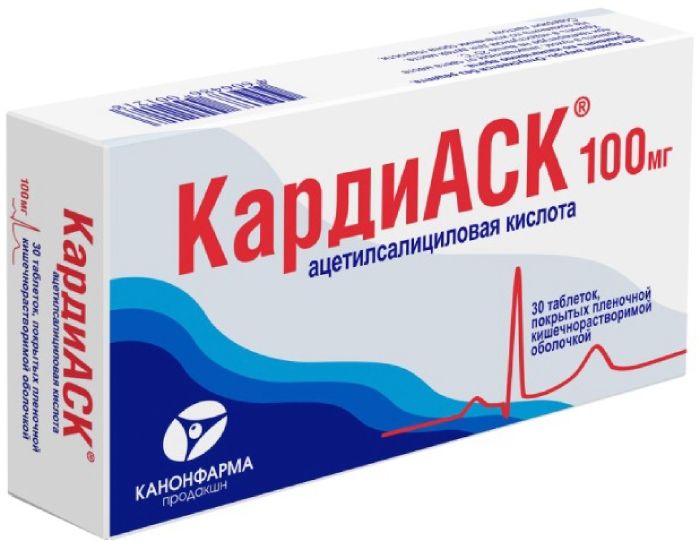
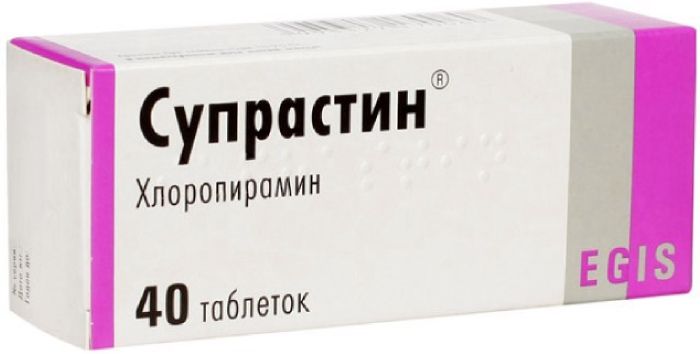
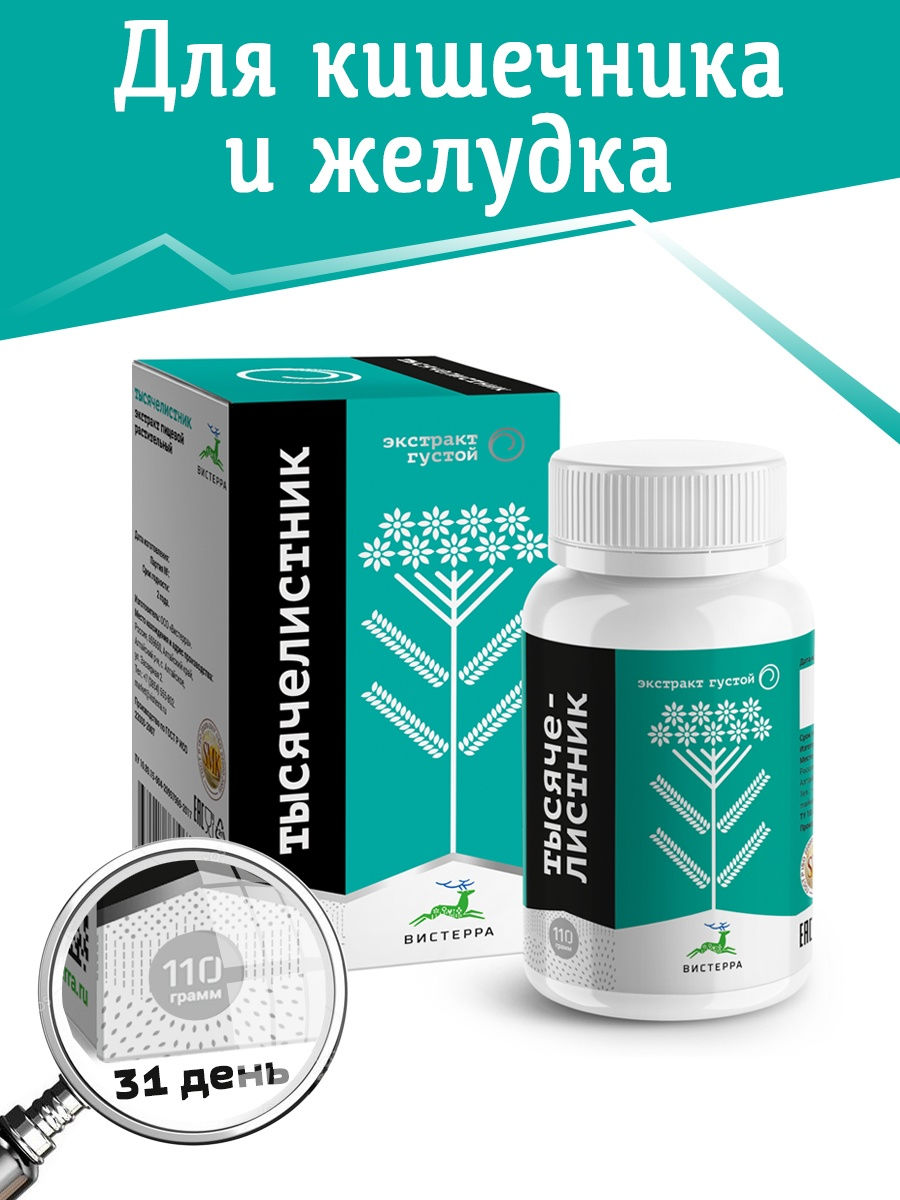
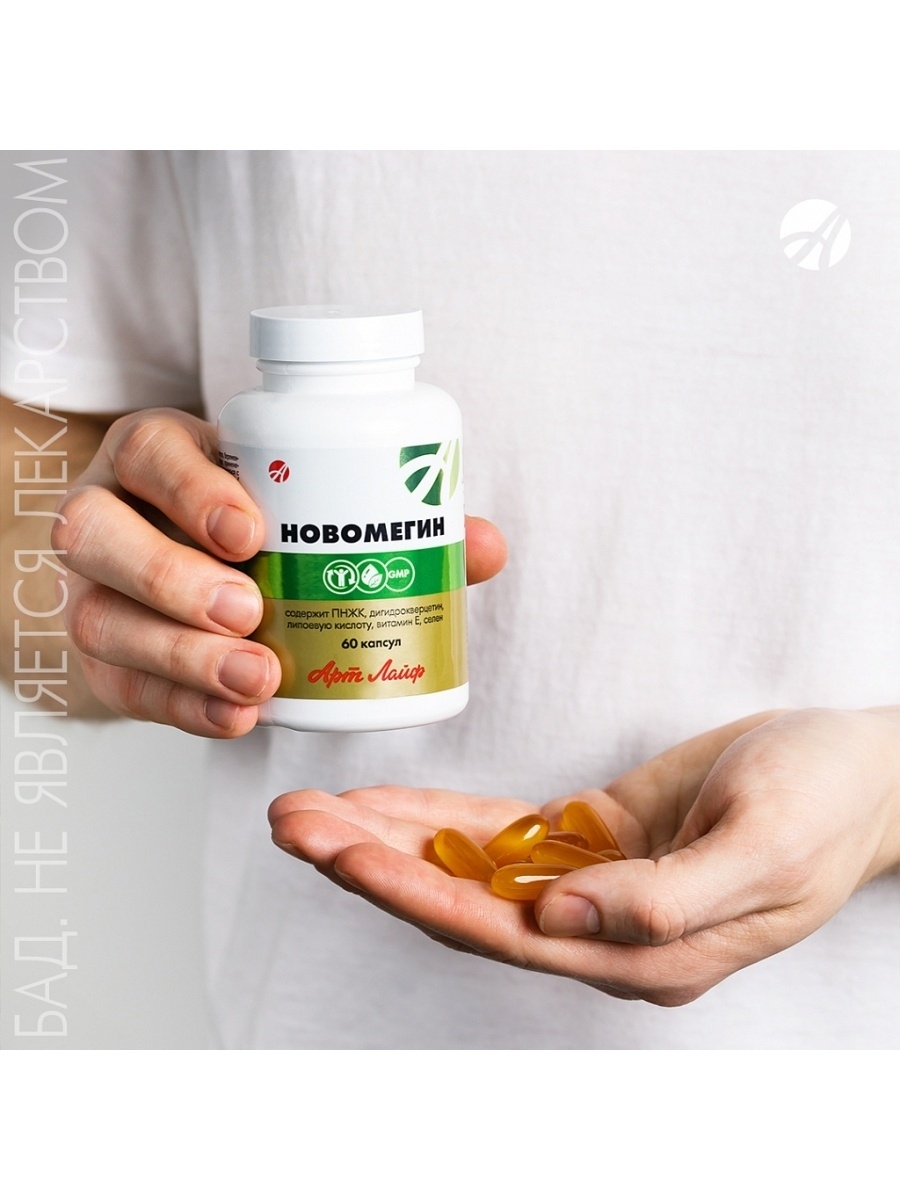
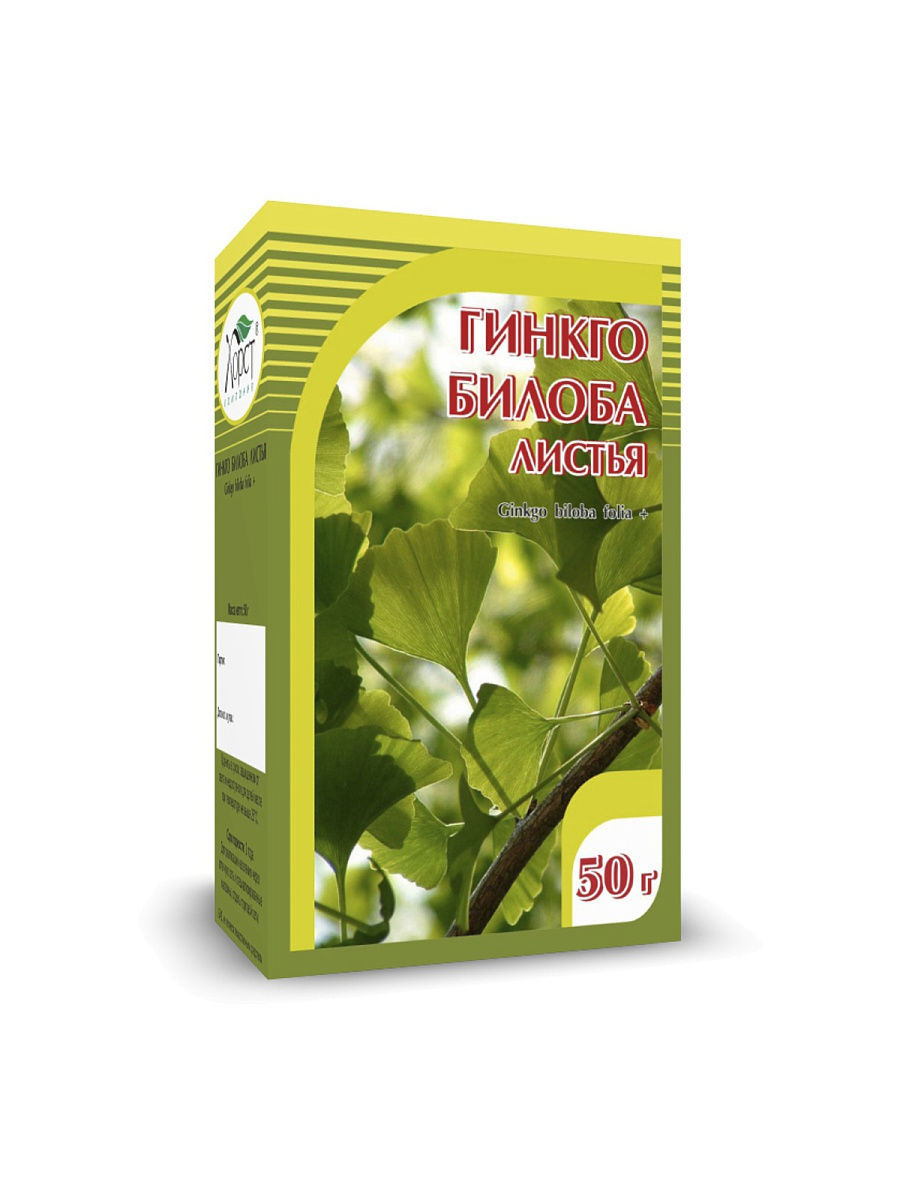
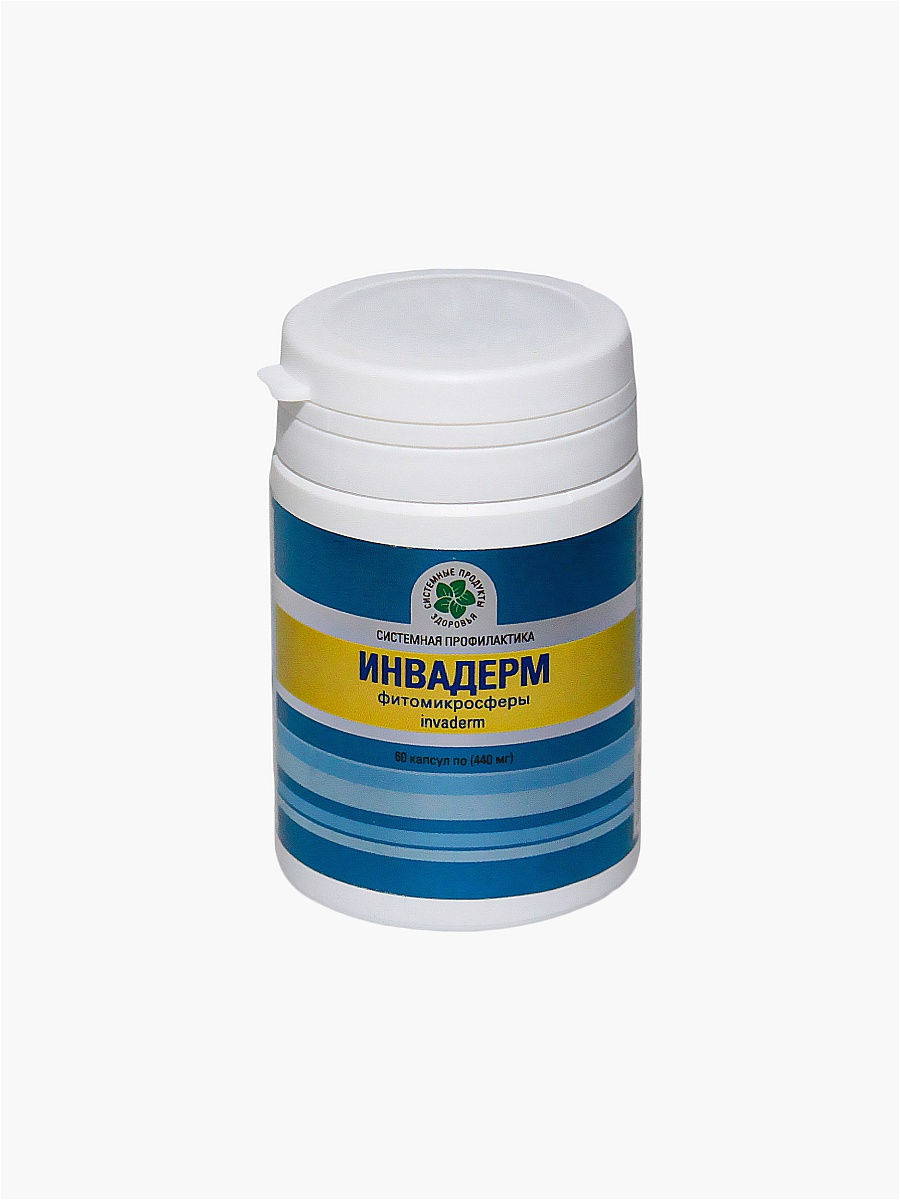





There are no reviews yet.